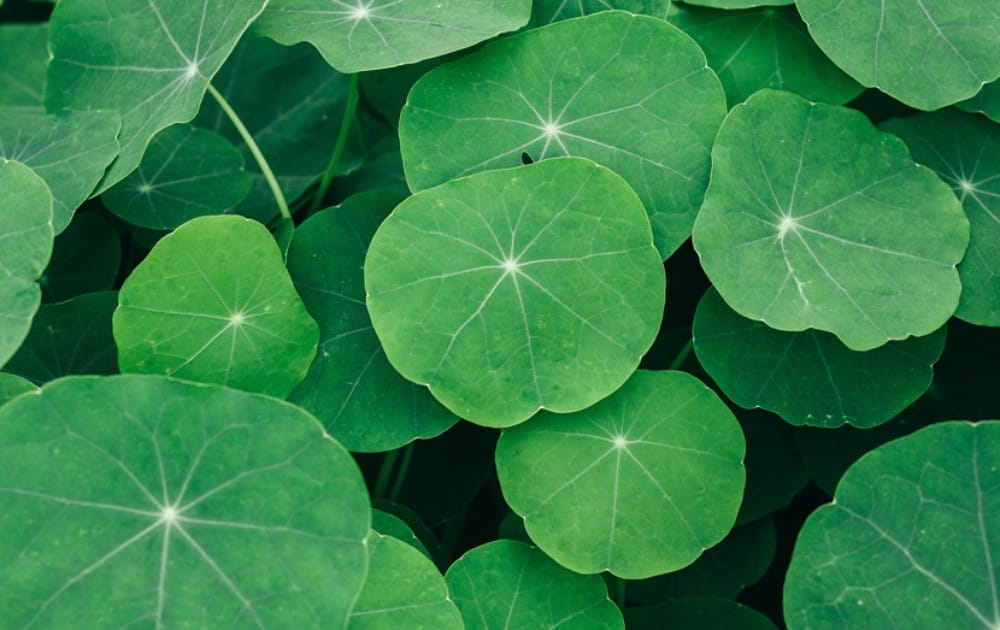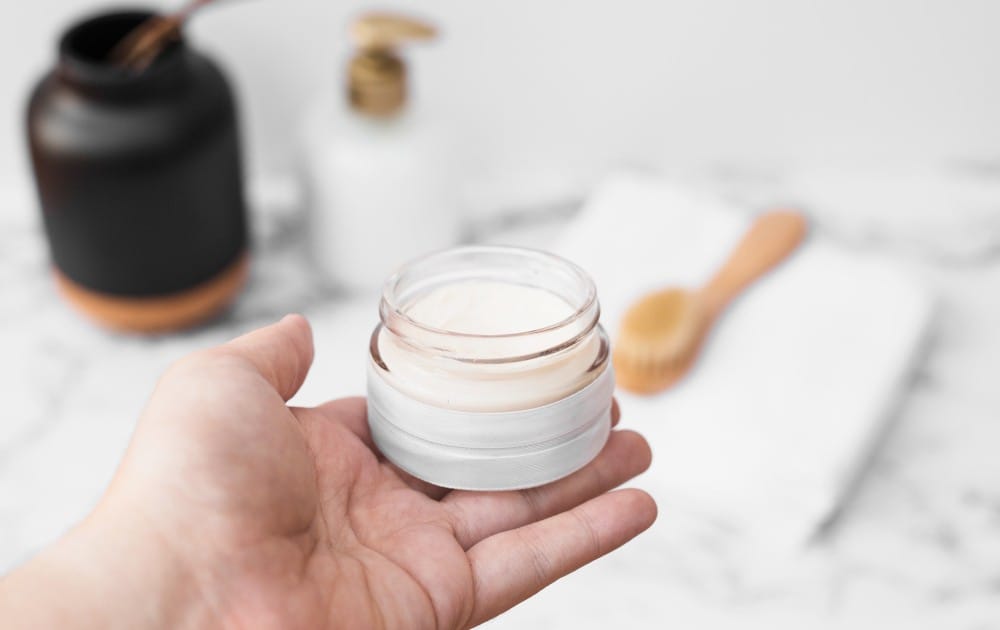
Although varicose veins is itself not regarded as threatening, it can cause considerable discomfort. The condition develops as a result of impaired circulation from the veins, when one-way valves in them suffer from weakness or damage. This allows blood to accumulate in the veins, particularly in the legs. This results in enlargement of the veins or swelling, further weakening the venous walls increasing the risks of complications. Ayurveda takes a holistic approach to treat varicose veins, stressing the importance of lifestyle changes to reduce pressure on the veins, such as from sitting or standing for prolonged periods. However, the use of Ayurveda for varicose veins also provides us with an inventory of natural Ayurvedic herbs for varicose veins. The most notable of these herbs is Gotu Kola.
Is Gotu Kola Good for Varicose Veins?
There is little doubt that Gotu Kola benefits varicose veins, with the herb having a long history of use in traditional Ayurvedic medicine for this and many other circulatory disorders. These traditional systems of an Ayurvedic cure for varicose veins have gained increasing support from modern clinical studies.
Research published in the journal Angiology, found that Gotu Kola works because it can relieve problems linked to circulation, fluid retention and ankle swelling. This was mainly in the context of passengers who took flights lasting more than three hours. Passengers in this test group who suffered from venous or circulatory diseases such as varicose veins were advised to consume Gotu Kola supplements for at least two days before travelling and for a day after the flight. The results were quite clear, as participants who used Gotu Kola did not experience significant symptoms of varicose veins and swelling, as compared to those who did not use the supplement.
Other studies have also supported the traditional ayurvedic treatment of varicose veins in the legs, suggesting that the benefits in terms of symptom relief could be due to the herb’s positive metabolic effect on the connective tissue of the vascular walls. Evidence from studies suggests that the herb offers blood circulation benefits, particularly in people with chronic venous insufficiency, which refers to any condition like varicose veins wherein the walls or valves of veins in the legs are damaged and unable to work effectively, impairing blood flow back to the heart.
A review of several studies also suggests that Gotu Kola supplementation can help in the treatment of chronic venous insufficiency symptoms, including swelling, varicose veins, pain and heaviness. Researchers believe that these benefits may be linked to the presence of chemical compounds in the herb that are known as triterpenes. These compounds have a stimulating effect on the production of cardiac glycosides, which in turn increases the force of the heart and the rate of contractions. Some evidence suggests that Gotu Kola supplementation may also protect against the risk of heart attacks and stroke by stabilising fatty plaque in blood vessels, which lowers the risk of them breaking off to cause blockages.
How to Use Gotu Kola for Varicose Veins?

In traditional Ayurvedic medicine, Gotu Kola is used in a variety of mediums, including as supplements, in polyherbal formulations, and in topical applications. Based on research, the ideal Gotu Kola dosage for varicose veins and circulatory disorders is roughly 60 to 100 mg supplement dose 3 times a day for at least a week. If using a topical cream, make sure that it contains at least 1% Gotu Kola extract and simply massage it over the affected area.
For more precise guidance on Gotu Kola dosage and other lifestyle changes that are necessary for the treatment of varicose veins, speak to a qualified Ayurvedic physician.














